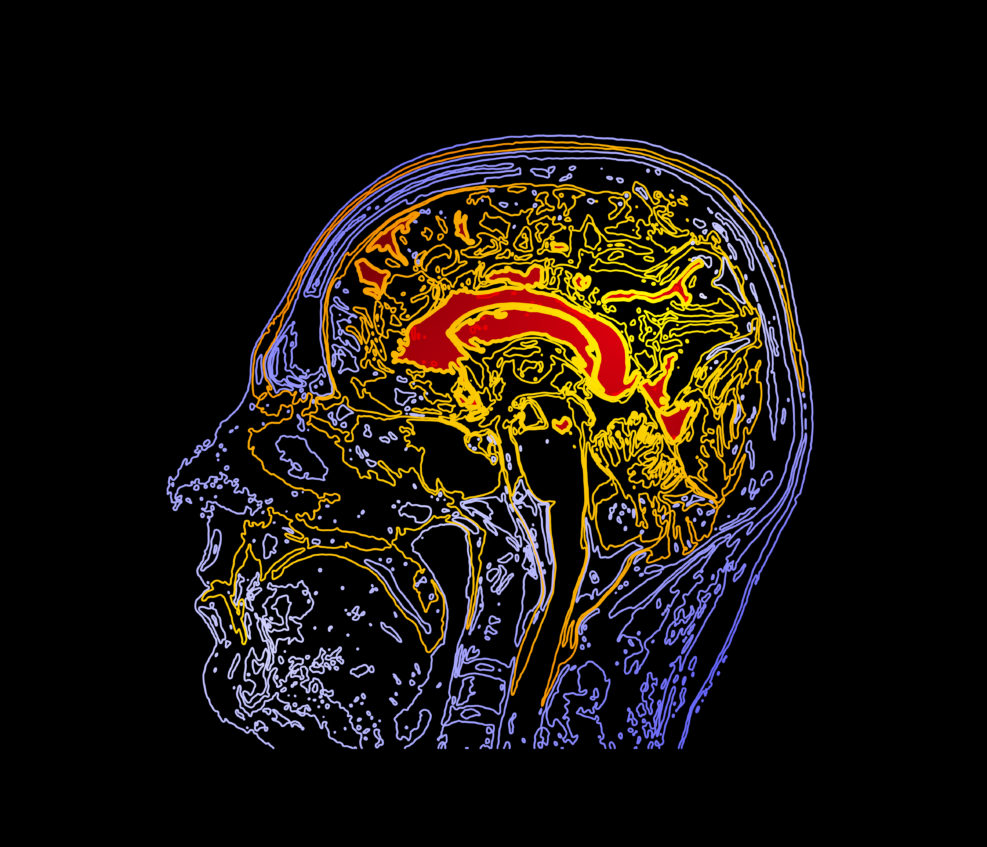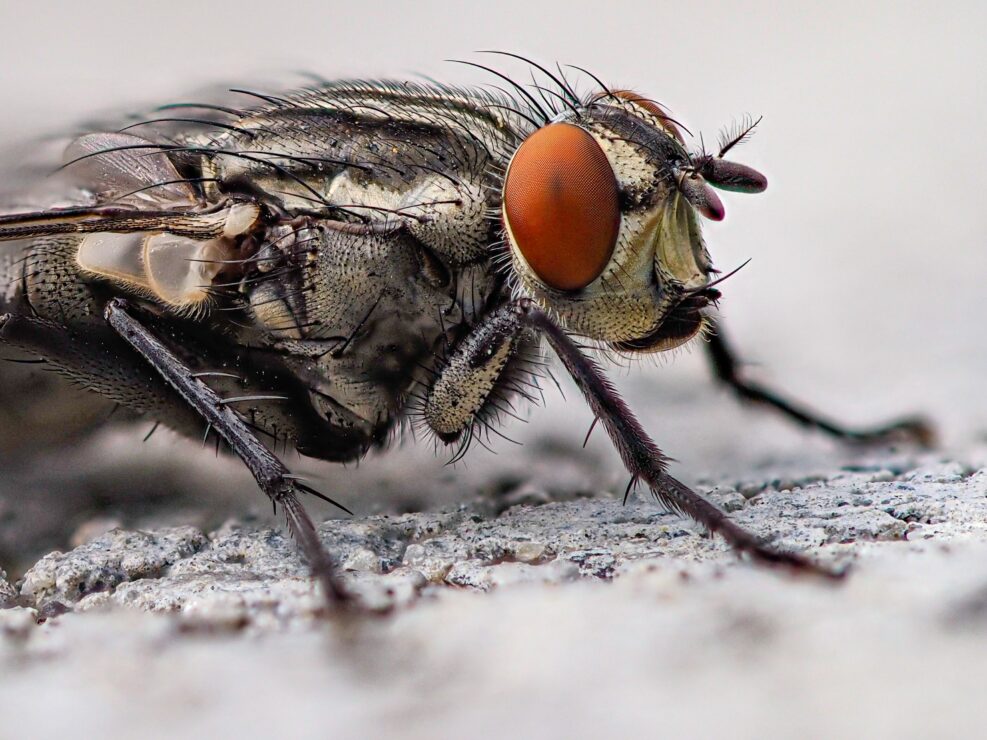
What Can Mapping the Whole Brain Tell Us About Ourselves?
Researchers attempting to map the brain must contend with massive complexity at every level, as a report in Nature showsThe worm and fly brains have been mapped. The mouse brain has, in part, been mapped. But the human brain offers the real challenge for the researchers working around the clock. Our brains are not just more complex; they are more complex on a number of dimensions: To truly understand how the brain works, neuroscientists also need to know how each of the roughly 1,000 types of cell thought to exist in the brain speak to each other in their different electrical dialects. With that kind of complete, finely contoured map, they could really begin to explain the networks that drive how we think and behave. Alison Abbott, “How the world’s biggest brain maps could transform neuroscience” at Nature (October Read More ›
